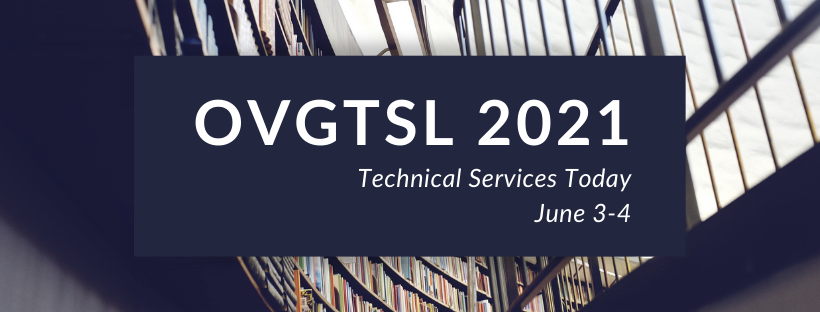Event Title
Leadership During Times of Change: Breaking Down Silos Through Collaboration
Location
Registrants will receive viewing information before the conference.
Time Zone
Eastern Daylight Time (EDT)
Start Date
4-6-2021 1:15 PM
End Date
4-6-2021 2:00 PM
Document Type
Presentation
Session Type
Pre-recorded
Keywords
Management
Description
Is your library experiencing a great deal of change? Are you in charge of leading that change? Tammie Busch and Marlee Graser will relate their experience of leading change at Southern Illinois University Edwardsville’s Lovejoy Library. In the past two years, the technical services department at Lovejoy Library experienced a complete turnover of its departmental faculty, while the cataloging unit’s paraprofessional staff remained largely the same. Onboarding of a new cataloging supervisor demonstrated how entrenched old workflows had become within the unit. While this workflow gave the staff a great deal of independence, it also led to discrepancies in workload and knowledge. To address these discrepancies and familiarize the new supervisor with the unit’s processes, a new project management system was implemented using Trello. The simplicity of the Trello interface empowered a traditional generation of workers to communicate more efficiently and gave them a sense of autonomy and ownership over their work. Additionally, other administrative methods of workflow management and communication were implemented including refreshing the format of department meetings, creating clear and concise best practices documentation, and updating outdated position descriptions. Change can be challenging, particularly in a unit with both long histories and new leadership. By reframing the period of transition as a profound opportunity to develop new leadership, workflow management, and communication approaches, the unit has not only met the evolving needs of the library’s strategic directions, but has begun to develop and communicate its story and connect its work to the larger mission of the library.
Presentation slides
Leadership During Times of Change: Breaking Down Silos Through Collaboration
Registrants will receive viewing information before the conference.
Is your library experiencing a great deal of change? Are you in charge of leading that change? Tammie Busch and Marlee Graser will relate their experience of leading change at Southern Illinois University Edwardsville’s Lovejoy Library. In the past two years, the technical services department at Lovejoy Library experienced a complete turnover of its departmental faculty, while the cataloging unit’s paraprofessional staff remained largely the same. Onboarding of a new cataloging supervisor demonstrated how entrenched old workflows had become within the unit. While this workflow gave the staff a great deal of independence, it also led to discrepancies in workload and knowledge. To address these discrepancies and familiarize the new supervisor with the unit’s processes, a new project management system was implemented using Trello. The simplicity of the Trello interface empowered a traditional generation of workers to communicate more efficiently and gave them a sense of autonomy and ownership over their work. Additionally, other administrative methods of workflow management and communication were implemented including refreshing the format of department meetings, creating clear and concise best practices documentation, and updating outdated position descriptions. Change can be challenging, particularly in a unit with both long histories and new leadership. By reframing the period of transition as a profound opportunity to develop new leadership, workflow management, and communication approaches, the unit has not only met the evolving needs of the library’s strategic directions, but has begun to develop and communicate its story and connect its work to the larger mission of the library.




Comments
All times are Eastern Daylight Time (EDT)